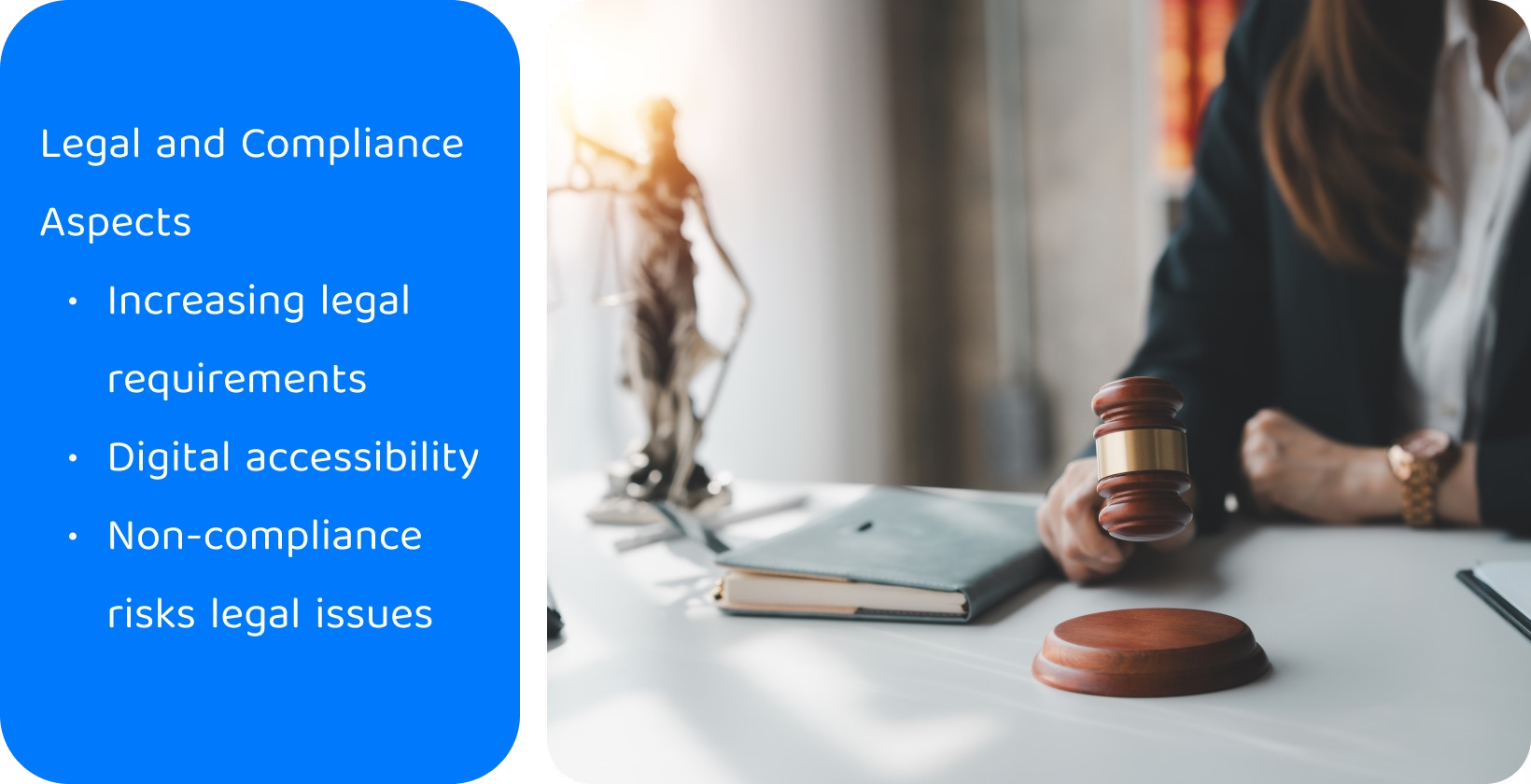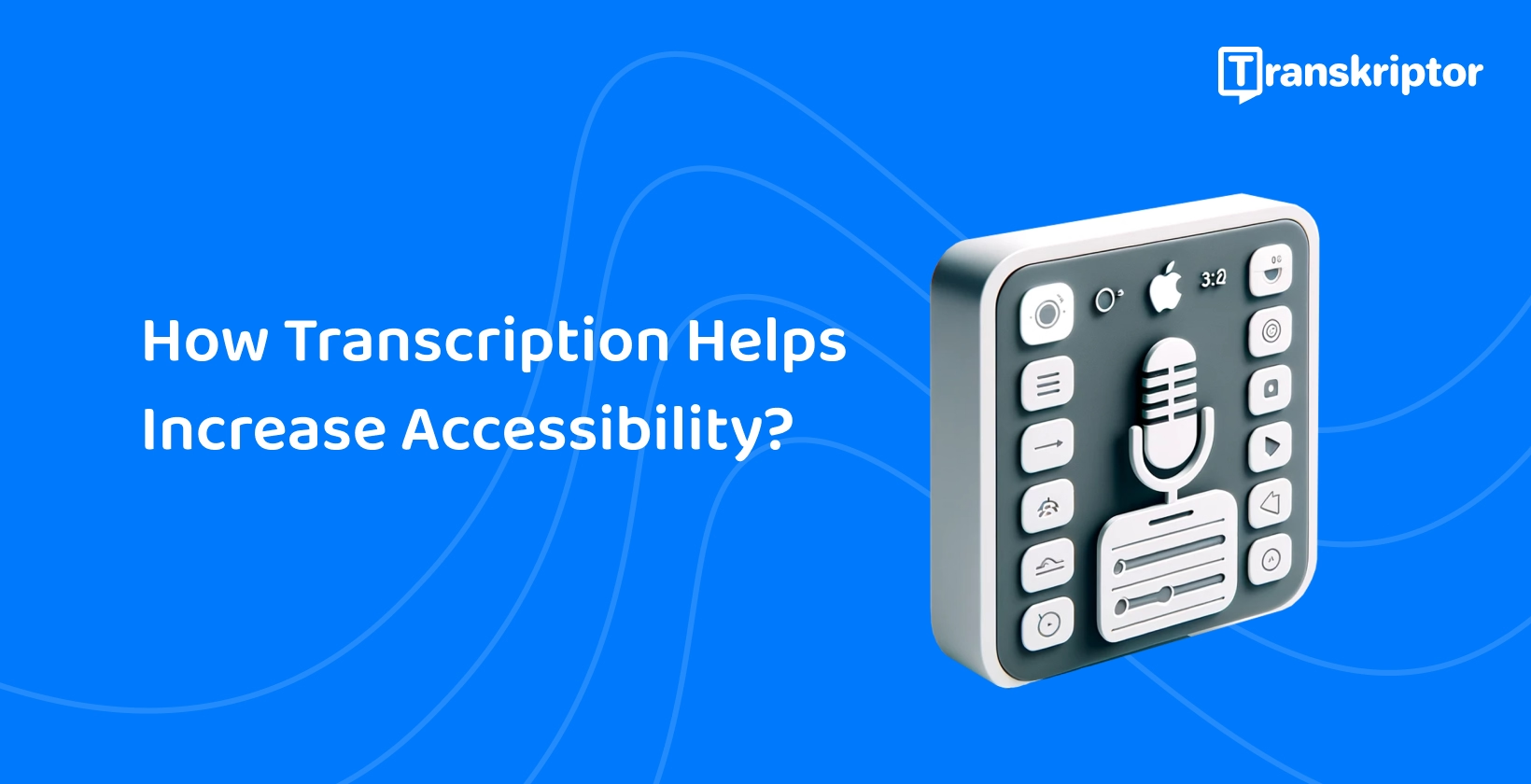The Importance of Accessibility
Accessibility is the cornerstone of inclusivity. In its essence, it entails removing barriers that prevent interactions with, or access to, digital content by people with disabilities, including transcription for health . According to the World Health Organization, over a billion people live with some form of disability, and this figure truly underscores the need for accessible content - not as a courtesy, but as a fundamental right.
Accessibility extends beyond physical spaces into the digital realm, where audio and visual content dominates. Here, the lack of transcripts or captions can alienate and exclude those with hearing impairments or learning disabilities, denying them equal access to information and education.
And for those looking to delve deeper into making podcasts more accessible , further details can be found on transkriptor.com .
Transcription as a Solution
Transcription services offer a robust solution to the accessibility challenge by providing a text-based representation of audio and video content: this audio to text conversion facilitates users with hearing impairments to access information that would otherwise be inaccessible, including transcription for consultants . Moreover, transcripts aid individuals with learning disabilities, non-native speakers, and anyone who prefers reading over listening.
The act of making podcasts more accessible through transcription not only broadens the audience reach but also enhances the user experience, allowing for content consumption in noisy environments or in settings where audio playback is not always a feasible option.
Types of Transcription Services
Transcription services typically range from verbatim transcription - aka capturing every utterance and sound - to more edited forms that focus on the clarity of the content, offering significant benefits such as enhanced transcription for developers , ensuring precise documentation and improved collaboration in software development projects. Specialised services cater to legal, medical, and educational fields, each adhering to specific terminologies and requirements.
Automated transcription technologies have also emerged, offering faster turnaround times at a lower cost. However, human transcription services remain indispensable for achieving high accuracy levels, especially when it comes to transcribing complex audio scenarios, or when handling sensitive information within specific sectors.

Legal and Compliance Aspects
It’s also worth noting that the legal imperatives for transcription and accessibility are increasingly pronounced. Legislation such as the Americans with Disabilities Act (ADA) in the United States, and similar laws globally, mandate equal access to digital content. Failure to comply can result in legal repercussions, highlighting the necessity of transcription for not only ethical but also legal reasons.
Educational Impact
When it comes to education, transcription services can significantly transform the learning experience for students with disabilities; transcripts of lectures and educational materials ensure that all students have equal opportunities to succeed, while e-learning offers those unable to access in-person classes. This is particularly critical in higher education, where the complexity of content demands precise and accurate transcription to support learning.
Workplace Accessibility
The modern workplace, with its emphasis on diversity and inclusion, recognises the value of accessible content; transcription services facilitate the full participation of employees with disabilities, ensuring that meetings, webinars, and training materials are accessible to all. This not only complies with legal requirements but also enhances employee engagement and productivity.
Technological Advances in Transcription
Technological innovation has also significantly impacted transcription services; advanced speech recognition algorithms have improved the accuracy of automated transcription, making it a viable option for certain applications. However, the human element remains crucial, especially in quality assurance and the handling of nuanced or specialised content.
Emerging technologies such as artificial intelligence (AI) and machine learning (ML) are also poised to further revolutionise transcription services, offering possibilities for real-time, highly accurate transcriptions. These advancements promise to make accessibility an integral part of content creation from the outset, rather than an afterthought.
The Bottom Line
Ultimately, transcription services are not merely a tool for converting audio to text; they’re becoming a significant cornerstone of accessibility in the digital age. By ensuring that content is accessible to everyone, regardless of their abilities, transcription services contribute significantly to a more inclusive and equitable society.
As technology advances and awareness of accessibility issues grows, the importance of transcription will only increase. For content creators, educators, and businesses, investing in transcription is not just a legal obligation but a moral imperative, a commitment to inclusivity, and a step towards a more accessible future.






